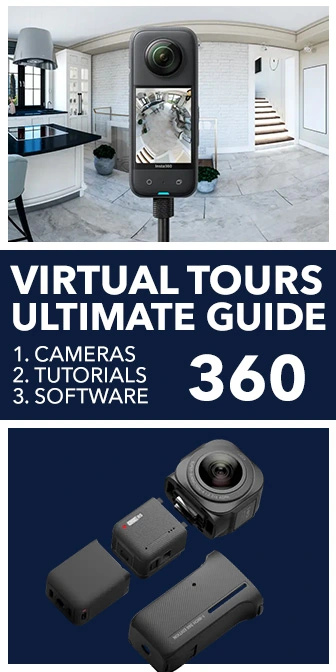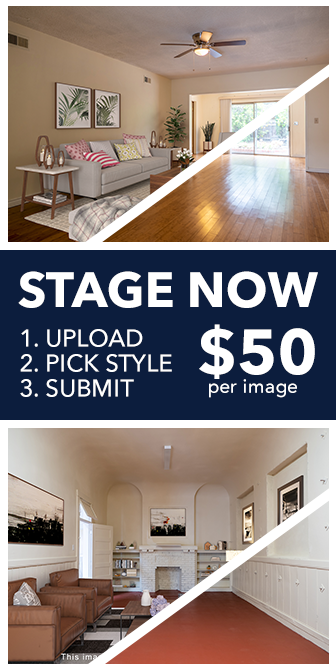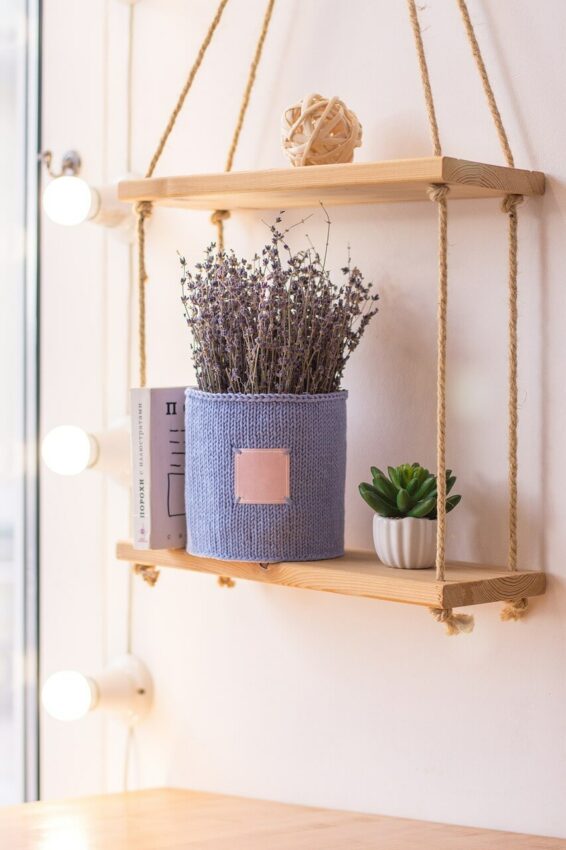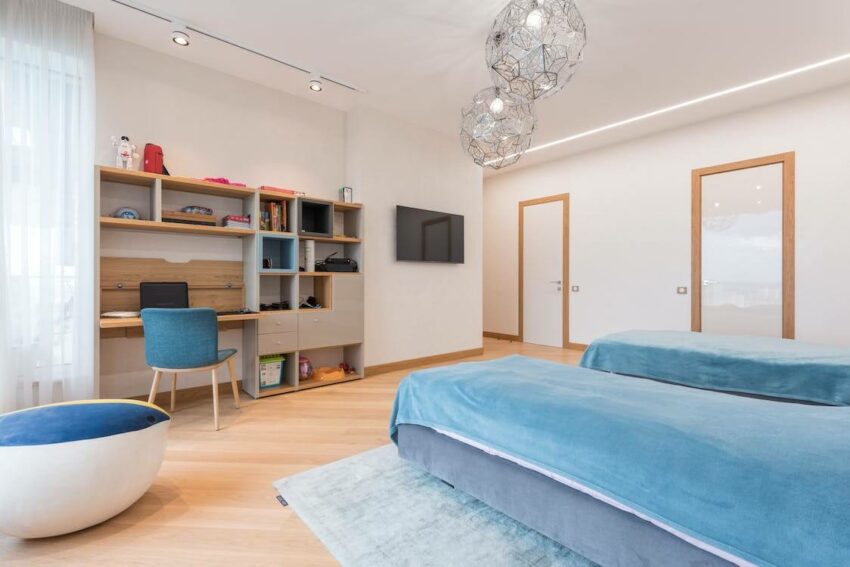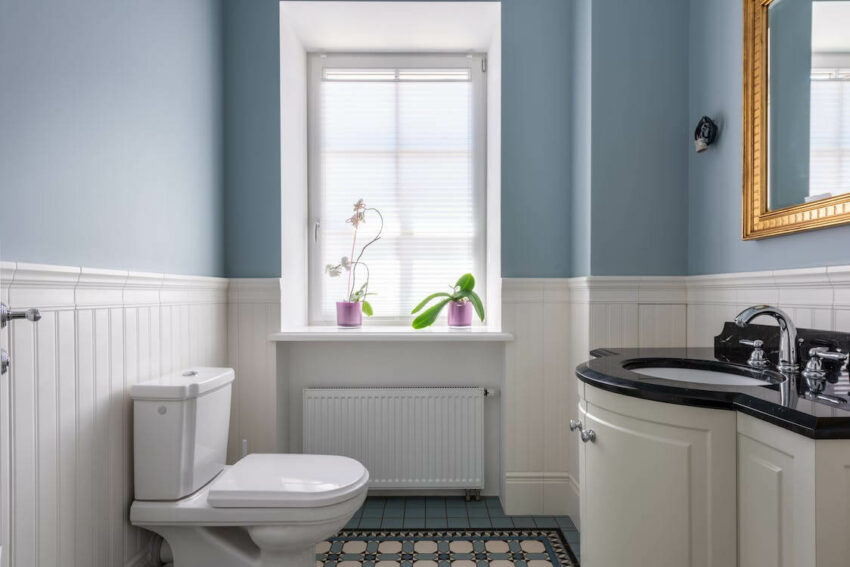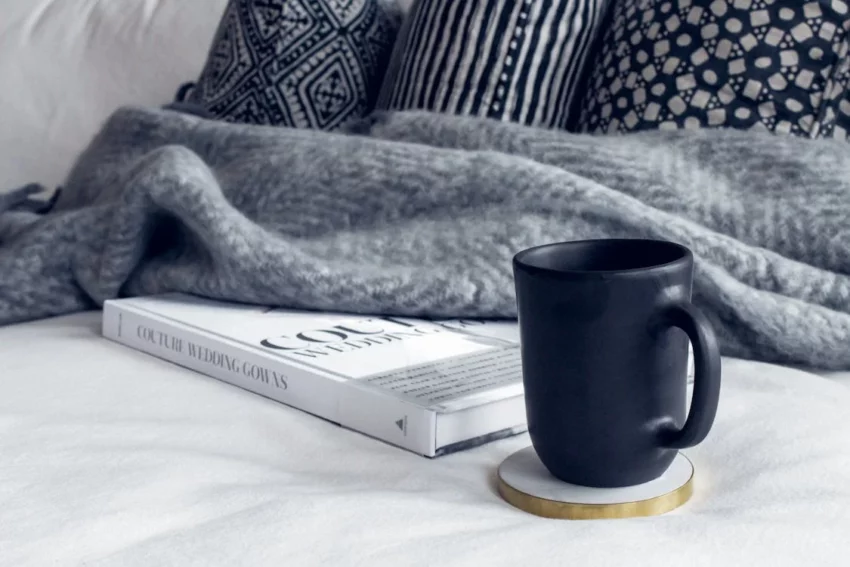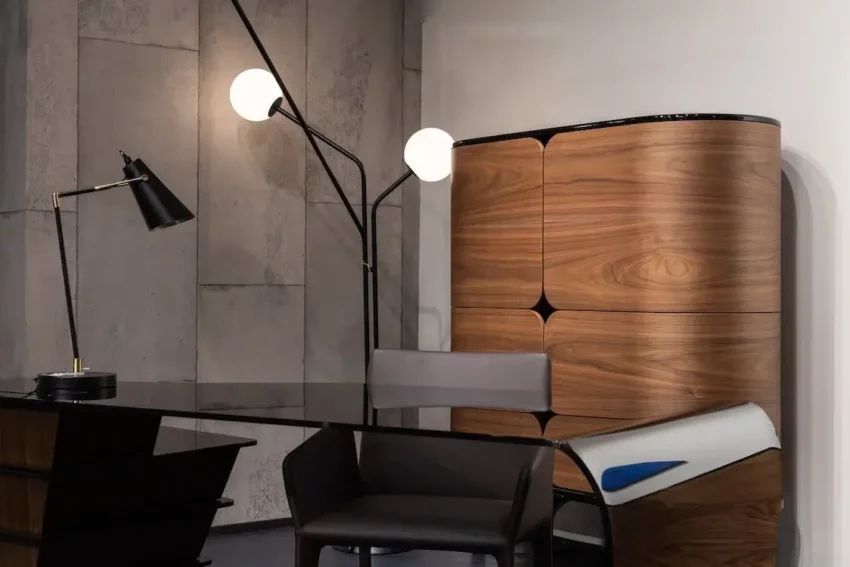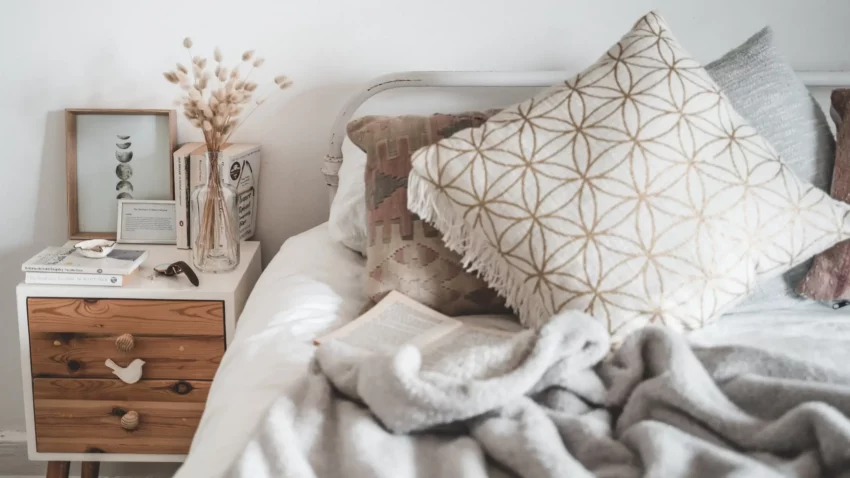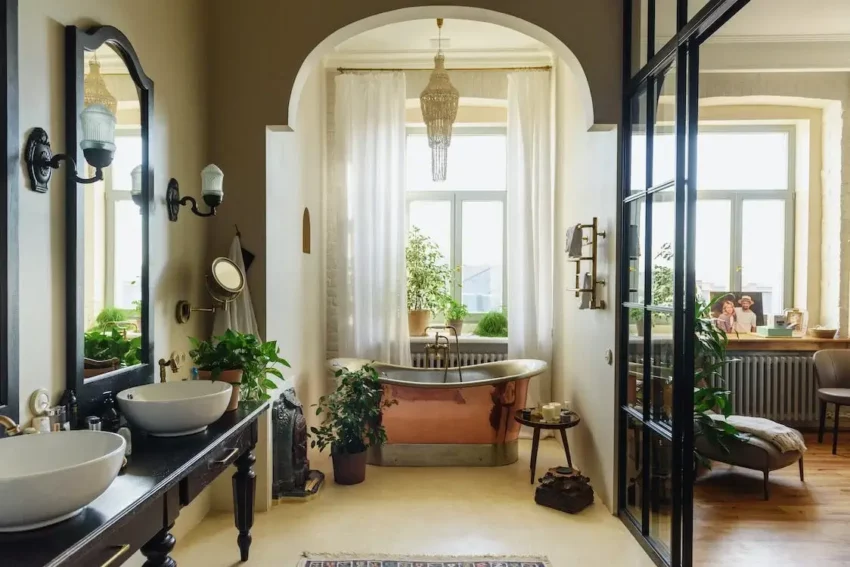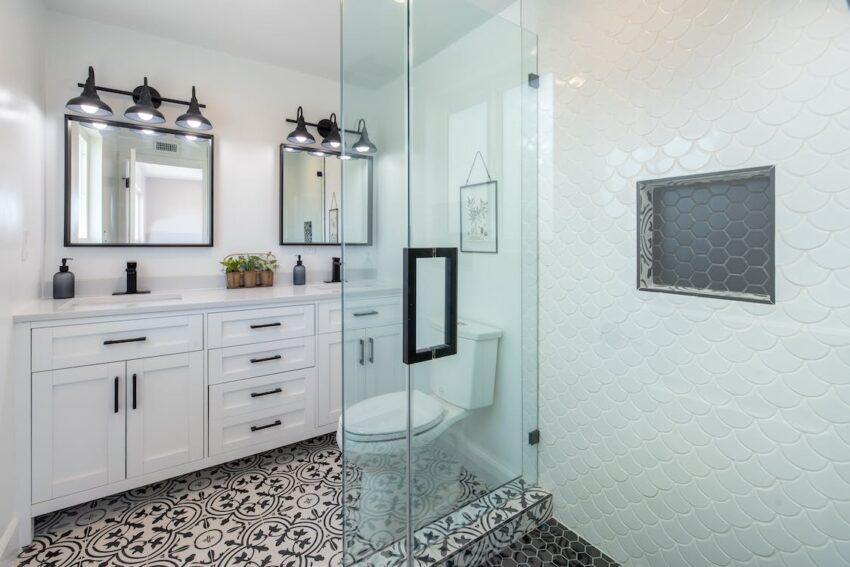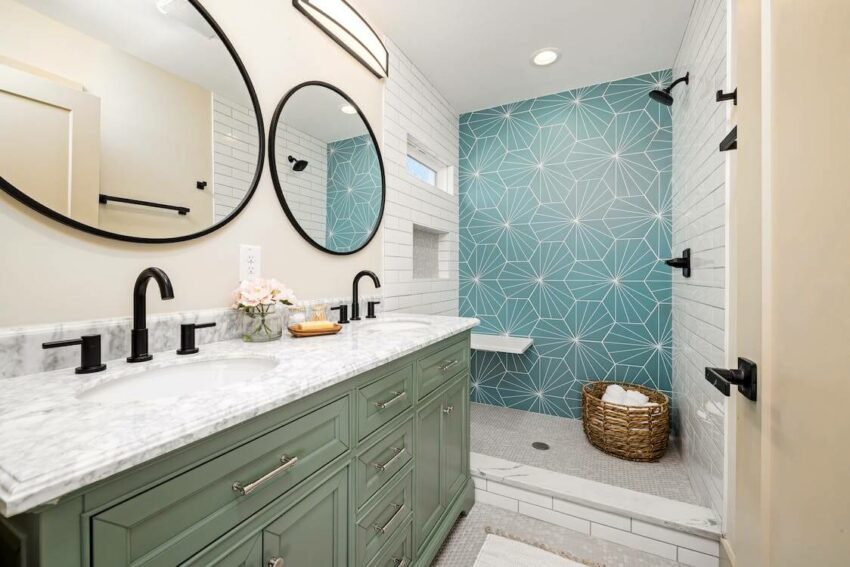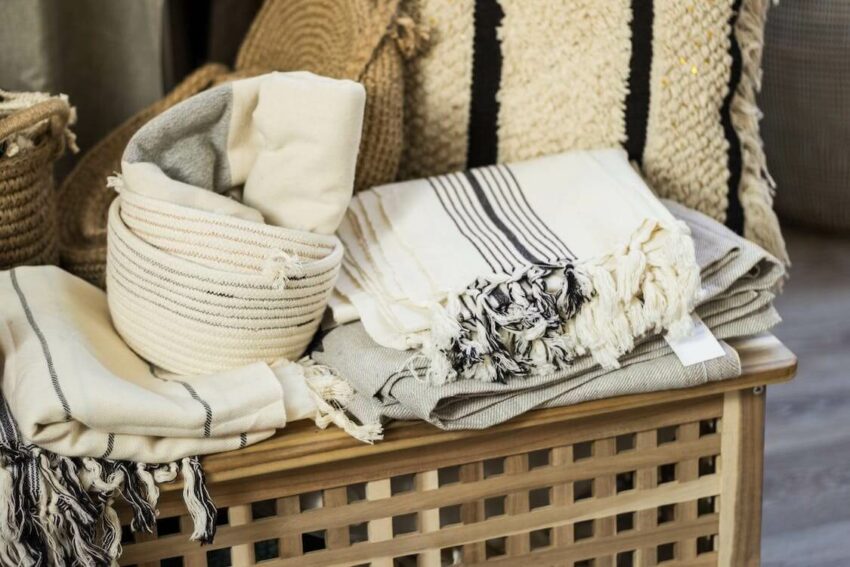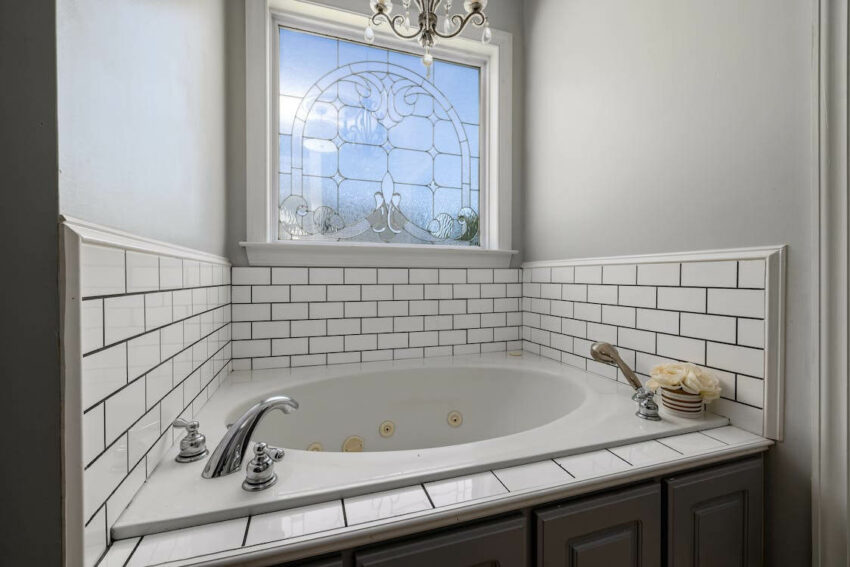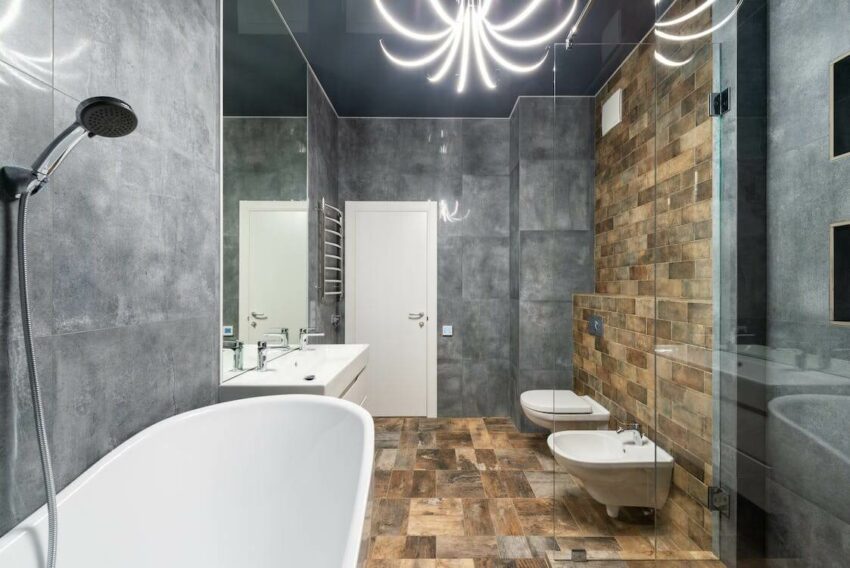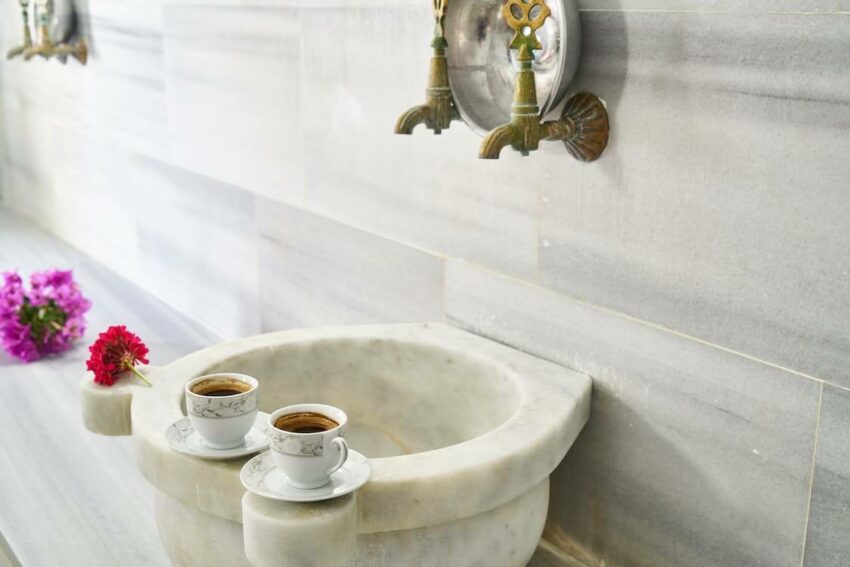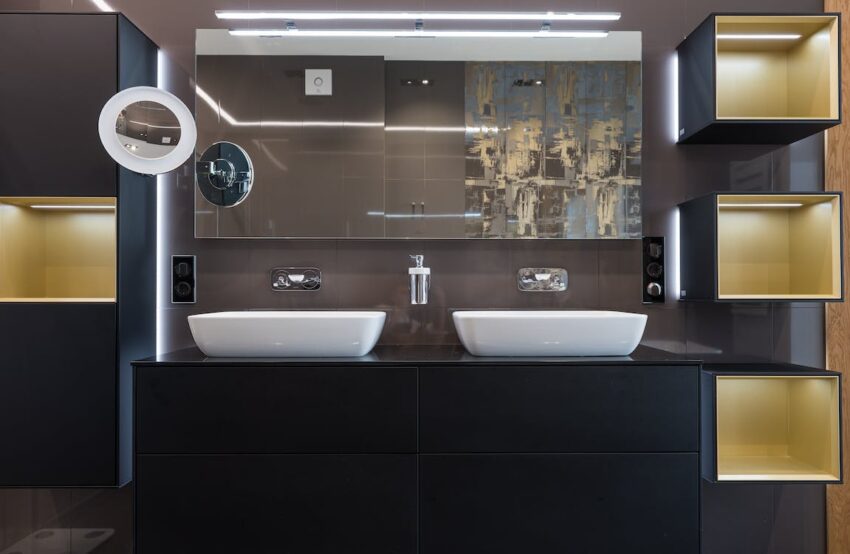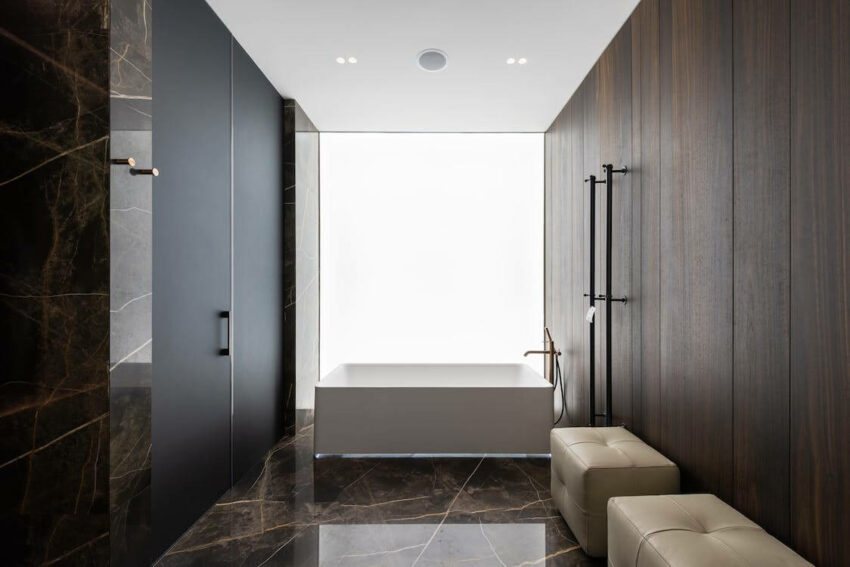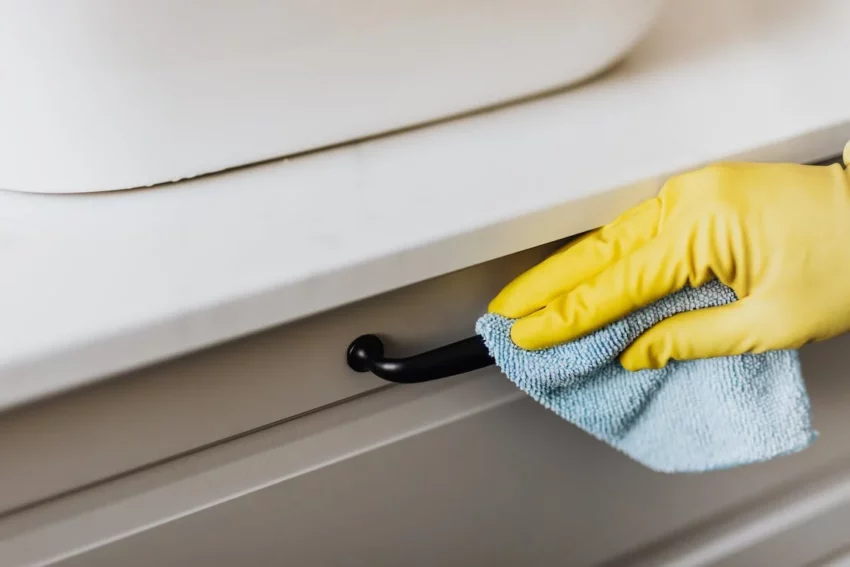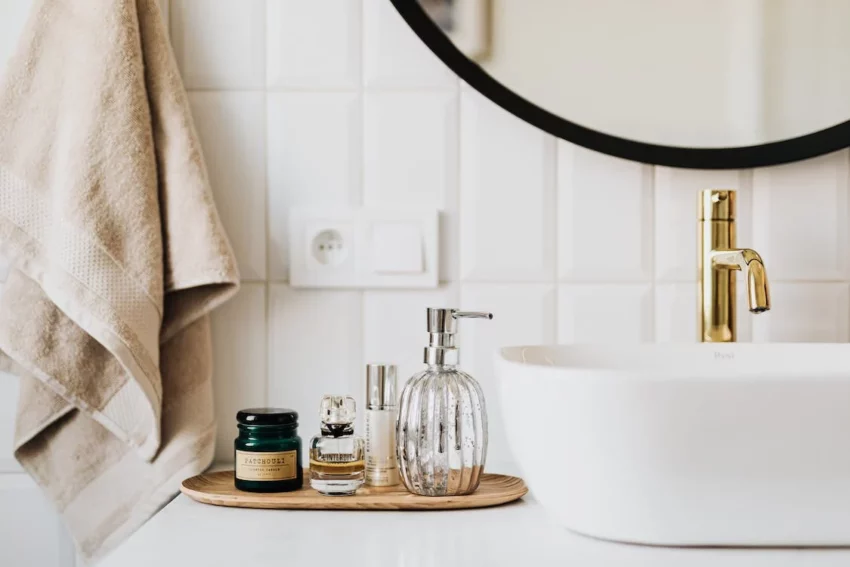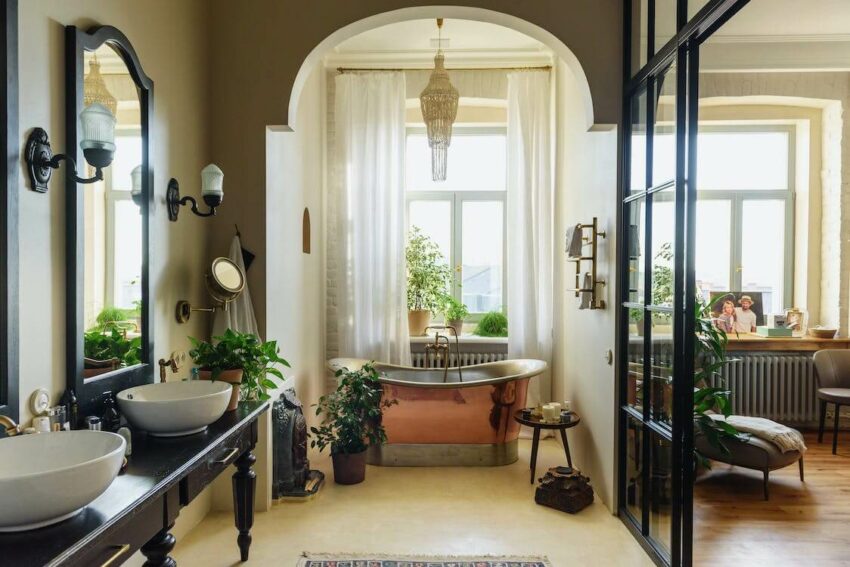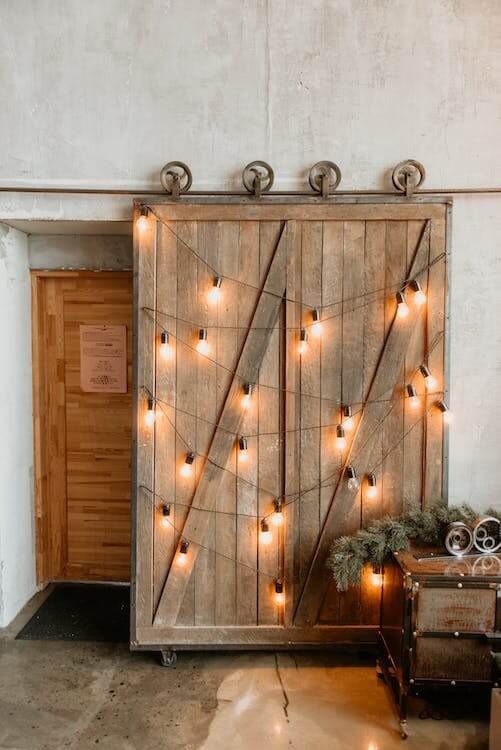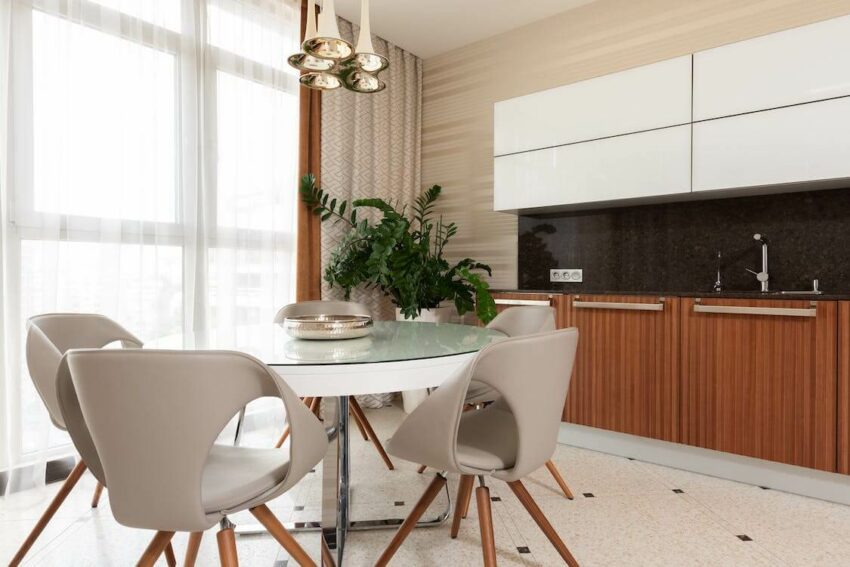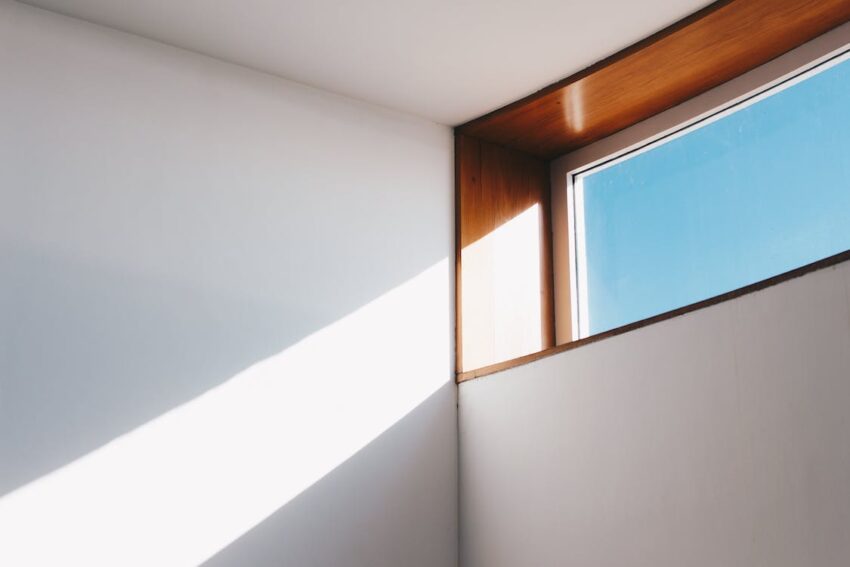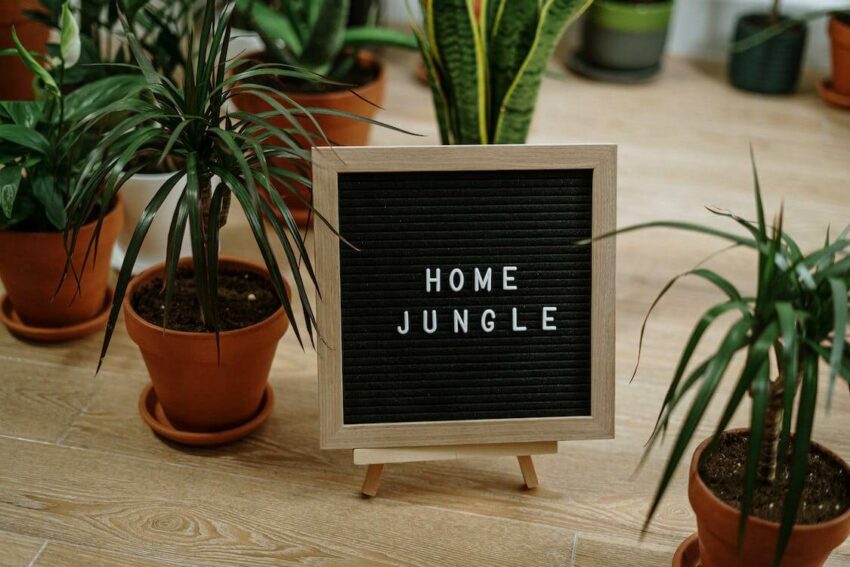“Bring the Stage Home – Experience Live Performance from the Comfort of Your Home!”
Introduction
Stage at home is an innovative way to bring the theater experience to your living room. With the help of technology, you can now watch live performances from the comfort of your own home. Whether you’re a fan of musicals, plays, or stand-up comedy, you can find something to enjoy on stage at home. With a variety of shows to choose from, you can find something to suit your tastes. Plus, you can even interact with the performers and other audience members in real-time. So, if you’re looking for a unique way to enjoy the theater, stage at home is the perfect solution.
How to Create a Professional Home Studio for Recording Music
Creating a professional home studio for recording music can be a fun and rewarding experience. With the right equipment and a bit of know-how, you can create a space that will help you take your music to the next level. Here are some tips to help you get started.
First, you’ll need to decide on the type of studio you want to create. Do you want to record vocals, instruments, or both? This will help you determine the type of equipment you’ll need.
Next, you’ll need to choose a space for your studio. Ideally, you’ll want to find a room that is quiet and free from outside noise. If you can’t find a room that meets these criteria, you can use soundproofing materials to reduce the amount of noise that enters the room.
Once you’ve chosen a space, it’s time to start shopping for equipment. You’ll need a computer, audio interface, microphone, headphones, and speakers. You may also want to invest in a mixing board and other recording tools.
Finally, you’ll need to set up your studio. This includes connecting all of your equipment, setting up your recording software, and testing your sound. Once you’ve done this, you’re ready to start recording!
Creating a professional home studio for recording music can be a fun and rewarding experience. With the right equipment and a bit of know-how, you can create a space that will help you take your music to the next level. So get out there and start creating!
Tips for Setting Up a Home Theater for Movie Night
1. Choose the Right Space: When setting up a home theater, the first step is to choose the right space. Consider the size of the room, the number of people who will be watching, and the type of equipment you’ll need.
2. Invest in Quality Equipment: Investing in quality equipment is essential for a great home theater experience. Look for a projector with a high resolution, a sound system with surround sound capabilities, and comfortable seating.
3. Set Up the Room: Once you’ve chosen the right space and invested in quality equipment, it’s time to set up the room. Make sure the projector is positioned correctly, the sound system is properly connected, and the seating is comfortable.
4. Add the Finishing Touches: To make your home theater experience even more enjoyable, add some finishing touches. Consider adding a popcorn machine, a mini-fridge for snacks and drinks, and some cozy blankets and pillows.
5. Enjoy Movie Night: Now that your home theater is set up, it’s time to enjoy movie night! Pop some popcorn, grab some snacks and drinks, and settle in for a great night of entertainment.
Ideas for Hosting a Virtual Performance from Home
1. Create a Virtual Concert: Invite your friends and family to join you for a virtual concert from the comfort of their own homes. You can use video conferencing software like Zoom or Skype to stream your performance. Make sure to provide a link to the event so everyone can join in.
2. Host a Virtual Open Mic Night: Invite your friends and family to join you for a virtual open mic night. You can use video conferencing software like Zoom or Skype to stream your performance. Make sure to provide a link to the event so everyone can join in.
3. Put on a Virtual Variety Show: Invite your friends and family to join you for a virtual variety show. You can use video conferencing software like Zoom or Skype to stream your performance. Make sure to provide a link to the event so everyone can join in.
4. Host a Virtual Karaoke Night: Invite your friends and family to join you for a virtual karaoke night. You can use video conferencing software like Zoom or Skype to stream your performance. Make sure to provide a link to the event so everyone can join in.
5. Put on a Virtual Dance Party: Invite your friends and family to join you for a virtual dance party. You can use video conferencing software like Zoom or Skype to stream your performance. Make sure to provide a link to the event so everyone can join in.
6. Host a Virtual Talent Show: Invite your friends and family to join you for a virtual talent show. You can use video conferencing software like Zoom or Skype to stream your performance. Make sure to provide a link to the event so everyone can join in.
7. Put on a Virtual Comedy Show: Invite your friends and family to join you for a virtual comedy show. You can use video conferencing software like Zoom or Skype to stream your performance. Make sure to provide a link to the event so everyone can join in.
No matter what type of virtual performance you decide to host, make sure to have fun and enjoy the experience! With a little creativity and some planning, you can create a memorable virtual performance that your friends and family will enjoy.
How to Design a Home Stage for Live Streaming Events
Are you looking to design a home stage for live streaming events? Whether you’re a musician, a comedian, or a podcaster, having a great home stage setup can make all the difference in your live streaming events. Here are some tips to help you design the perfect home stage for your live streaming events.
1. Choose the Right Space: The first step in designing your home stage is to choose the right space. You’ll want to pick a space that is large enough to accommodate your equipment and audience, but not so large that it feels empty. Consider the size of your equipment and the size of your audience when selecting a space.
2. Invest in Quality Lighting: Lighting is an important part of any home stage setup. Invest in quality lighting that will make you and your audience look great. Consider investing in LED lights, which are energy-efficient and provide great lighting for streaming events.
3. Invest in Quality Audio Equipment: Audio is just as important as lighting when it comes to live streaming events. Invest in quality audio equipment that will make your audience feel like they’re in the room with you. Consider investing in a microphone, speakers, and a mixer to ensure your audio is crystal clear.
4. Add Some Visual Interest: Adding some visual interest to your home stage can help make your live streaming events more engaging. Consider adding a backdrop, props, or even a green screen to your setup.
5. Make Sure You Have a Good Internet Connection: Last but not least, make sure you have a good internet connection. A good internet connection is essential for streaming events, so make sure you have a reliable connection before you start streaming.
Designing a home stage for live streaming events doesn’t have to be difficult. With these tips, you’ll be able to create a great home stage setup that will make your live streaming events a success.
Strategies for Making the Most of a Small Home Stage Space
Making the most of a small home stage space can be a challenge, but it doesn’t have to be! With a few creative strategies, you can turn your small space into a cozy and inviting performance area. Here are some tips to help you make the most of your small home stage space:
1. Utilize vertical space. If you have limited floor space, make use of the walls and ceiling. Hang curtains, lights, and other decorations to create a unique atmosphere.
2. Invest in multi-purpose furniture. Look for furniture that can be used for multiple purposes. For example, a coffee table can double as a stage or a bench can be used for seating and storage.
3. Get creative with lighting. Lighting can make a huge difference in the look and feel of your space. Try using string lights, spotlights, or even candles to create a unique atmosphere.
4. Use props and decorations. Props and decorations can help to create a more immersive experience for your audience. Try using plants, rugs, and other items to create a cozy atmosphere.
5. Make use of sound. Sound can be a great way to enhance your performance. Invest in a good sound system and use it to create a unique atmosphere.
By following these tips, you can make the most of your small home stage space and create a unique and inviting performance area. With a little creativity and effort, you can turn your small space into a cozy and inviting performance area.
Q&A
1. What is stage at home?
Stage at home is a platform that allows people to create and share their own virtual performances. It provides a platform for performers to showcase their talents and connect with audiences from around the world.
2. How does stage at home work?
Stage at home works by allowing performers to create and upload their own performances. These performances can be viewed by audiences from around the world. Audiences can then interact with the performers by leaving comments and feedback.
3. What types of performances can be shared on stage at home?
Stage at home allows performers to share a variety of performances, including music, dance, comedy, and more.
4. Is stage at home free to use?
Yes, stage at home is free to use.
5. Is stage at home safe?
Yes, stage at home is a safe platform. All performers and audiences must abide by the platform’s terms and conditions, which include not sharing any inappropriate content.
Conclusion
Stage at home is a great way to get creative and explore the world of theatre without having to leave the comfort of your own home. It can be a great way to learn new skills, practice existing ones, and even just have fun. With the right tools and resources, anyone can create a unique and entertaining performance from the comfort of their own home. Whether you’re a beginner or a seasoned performer, stage at home can be a great way to explore the world of theatre.





